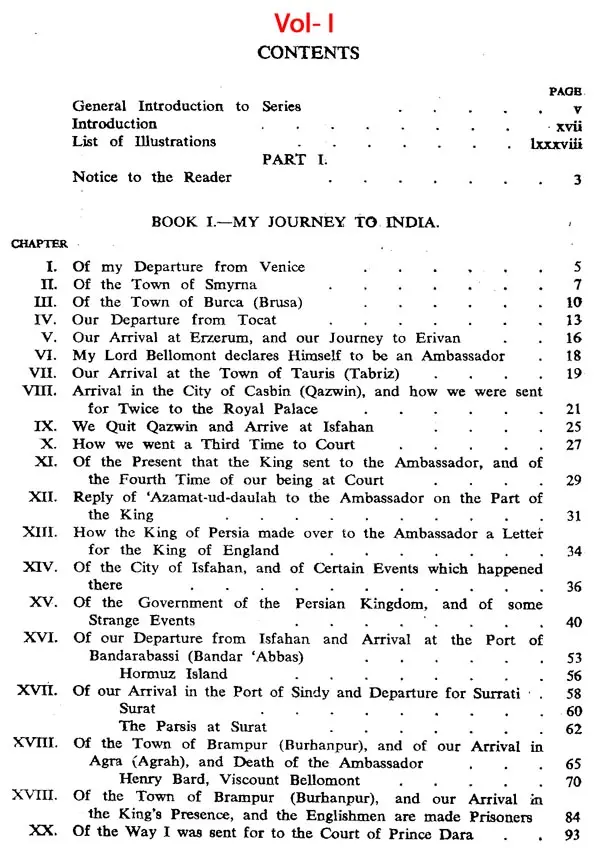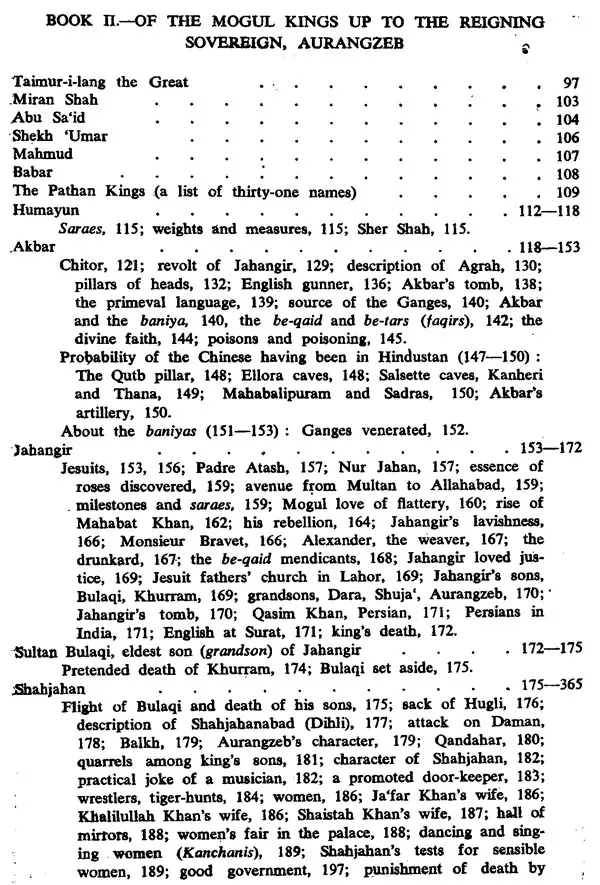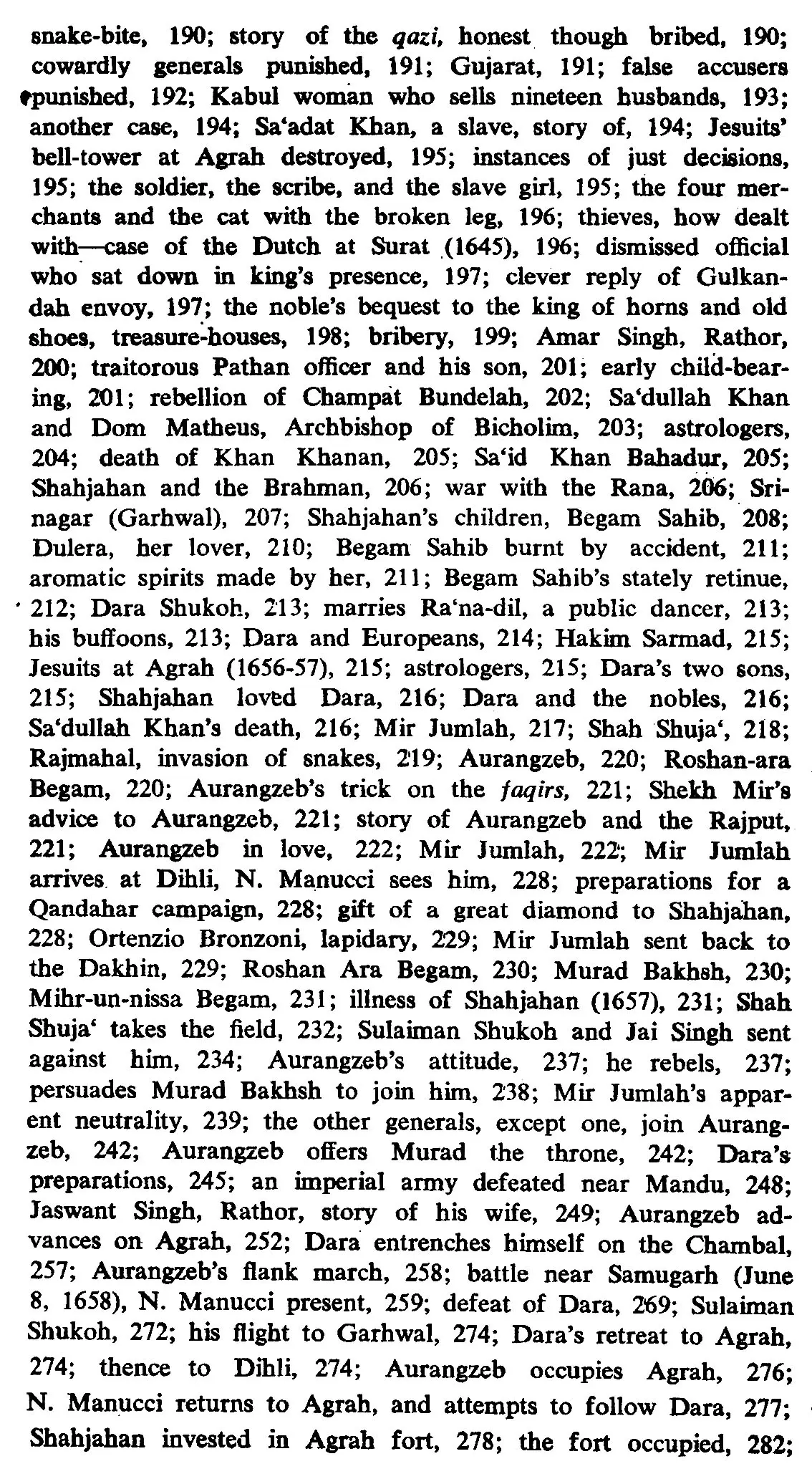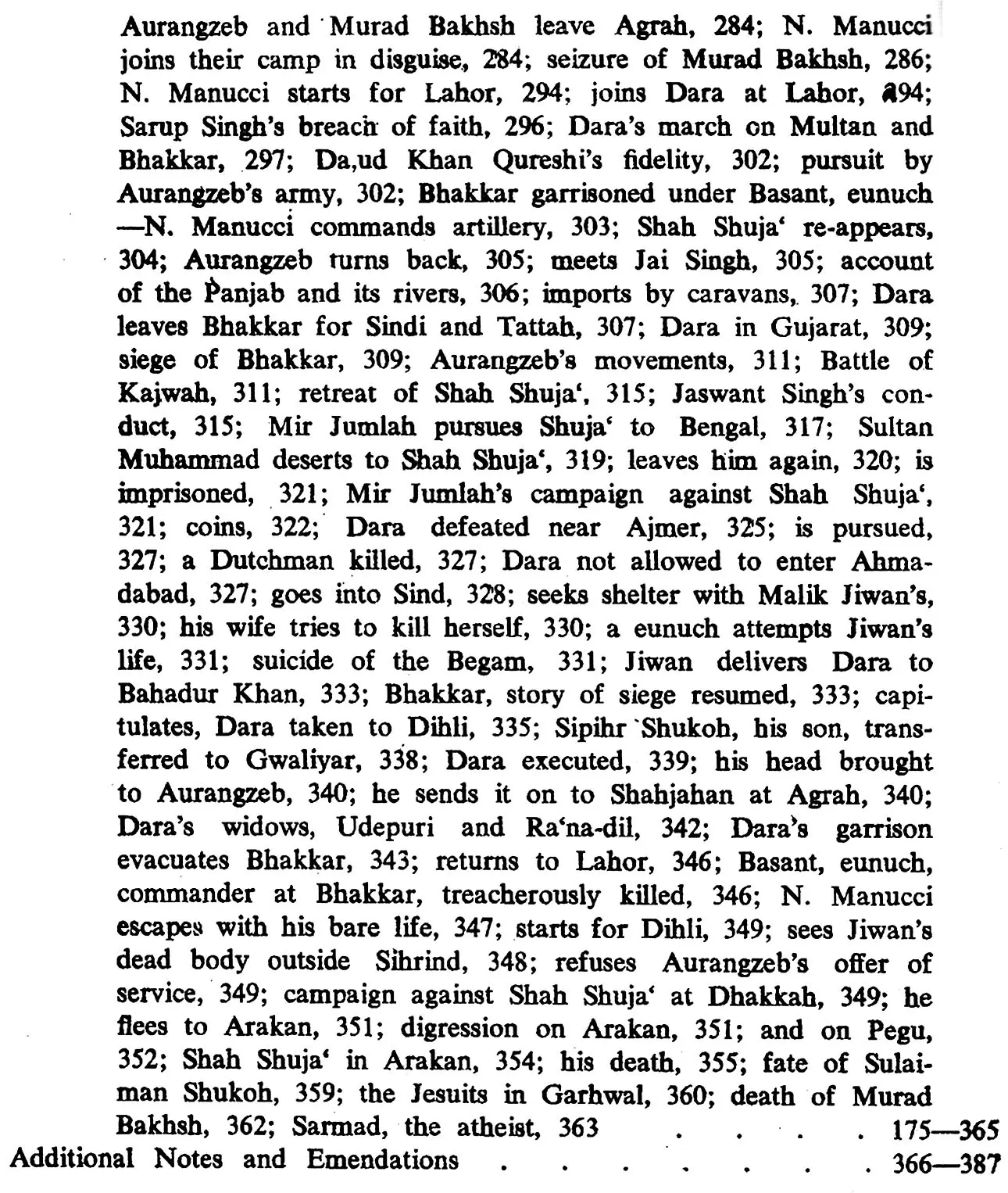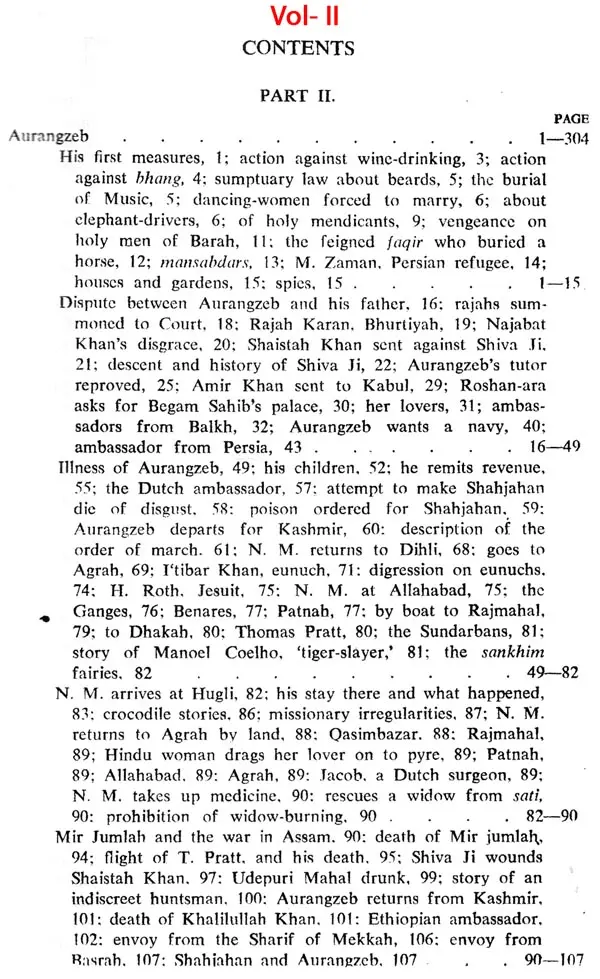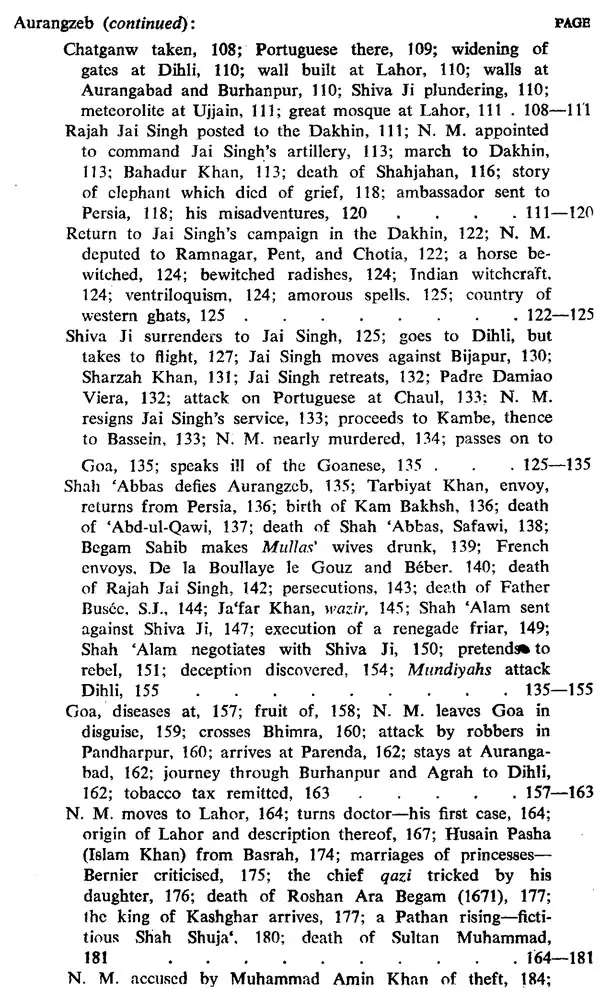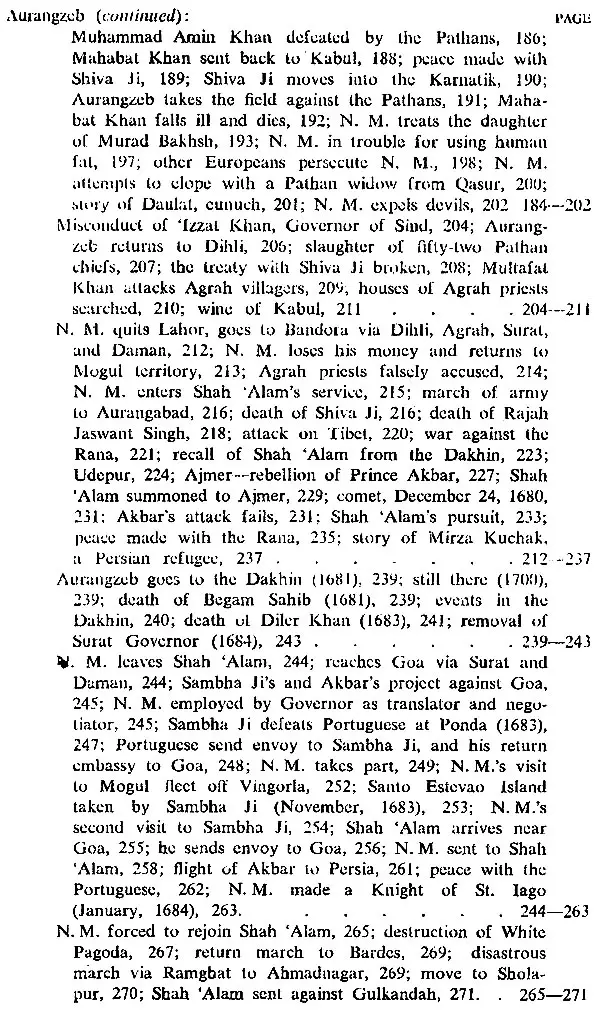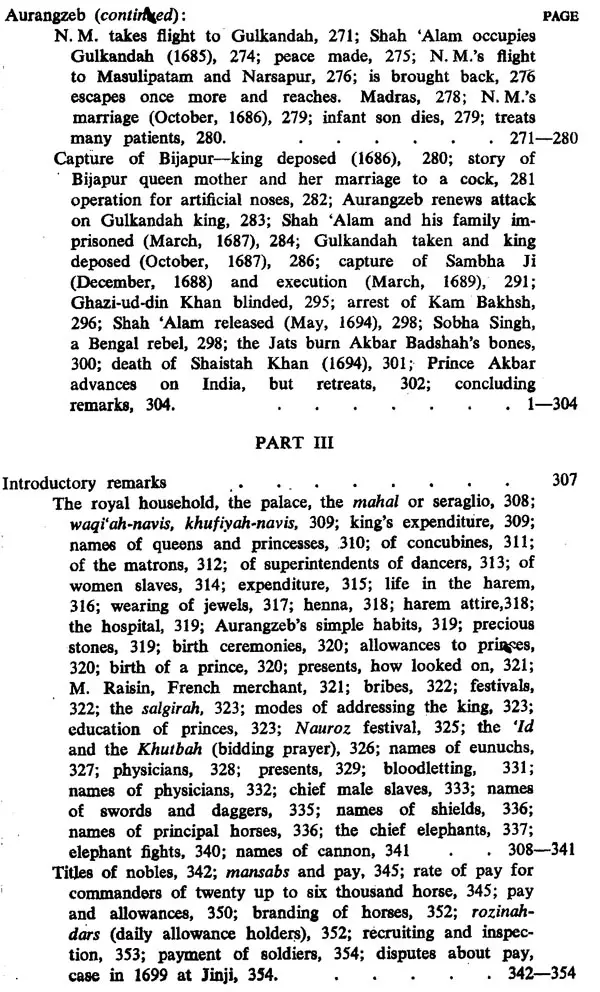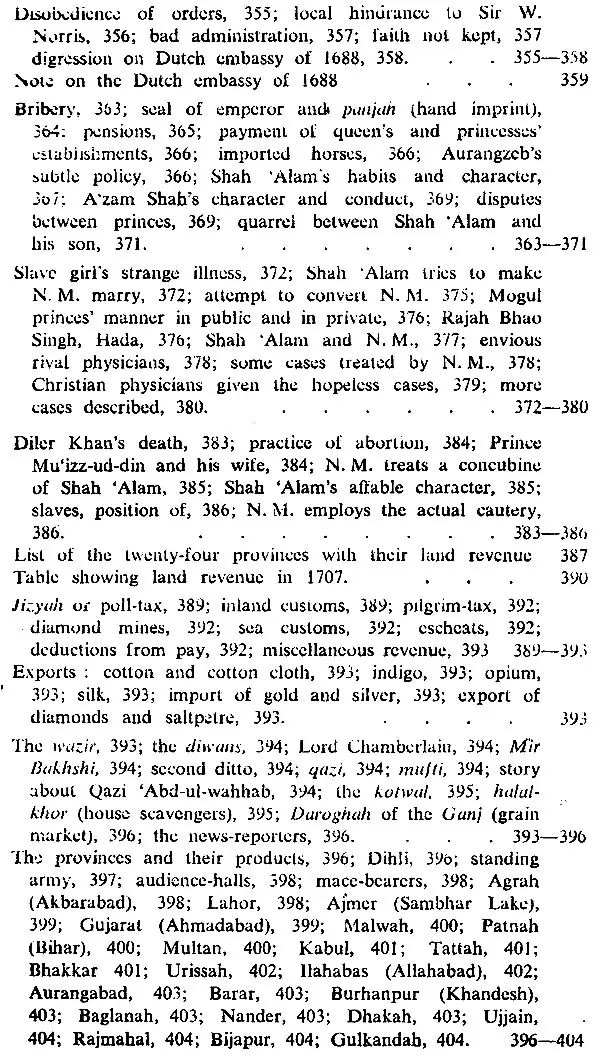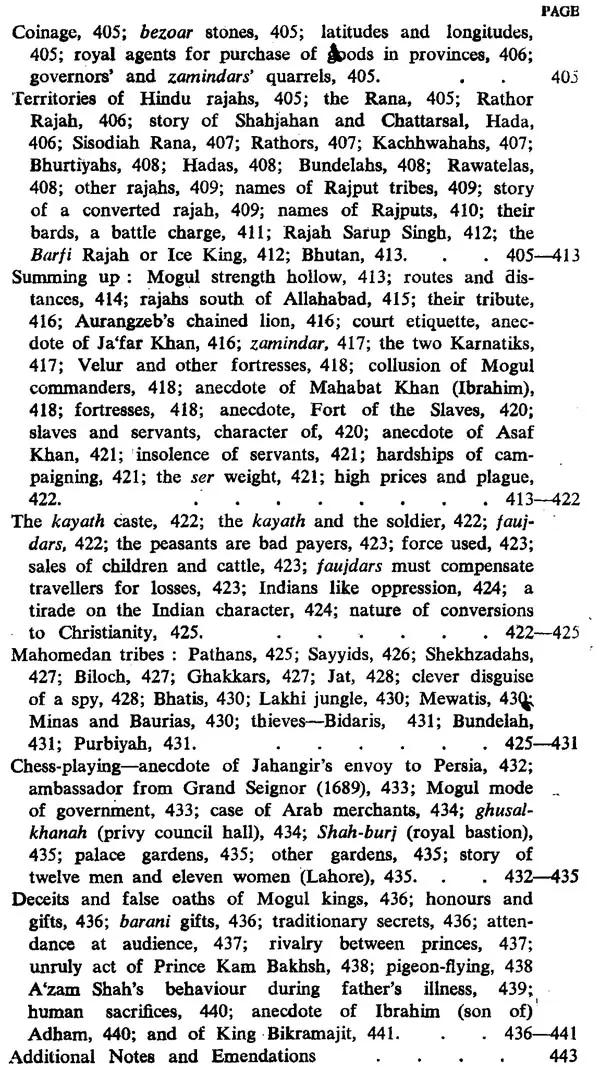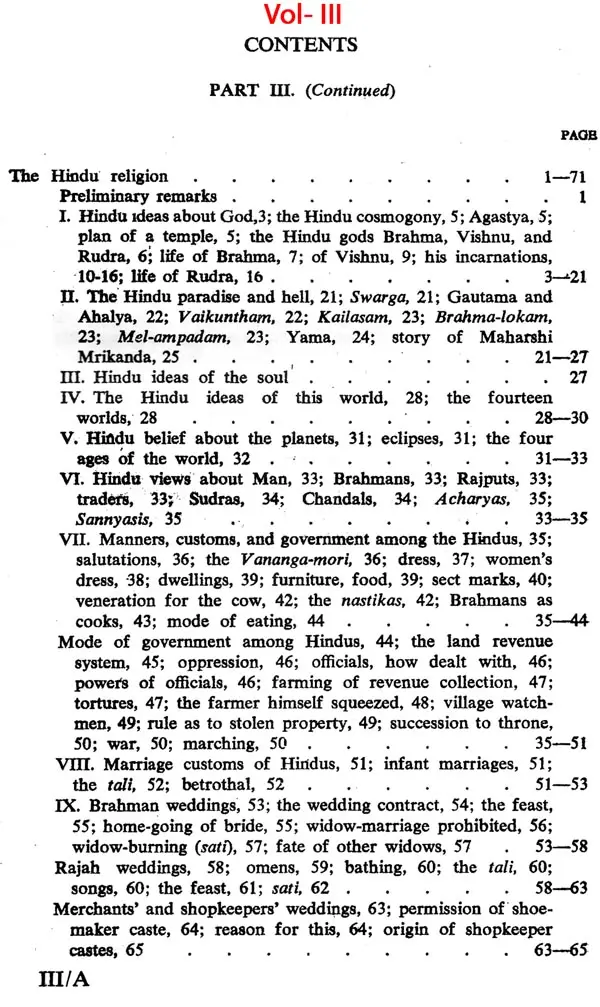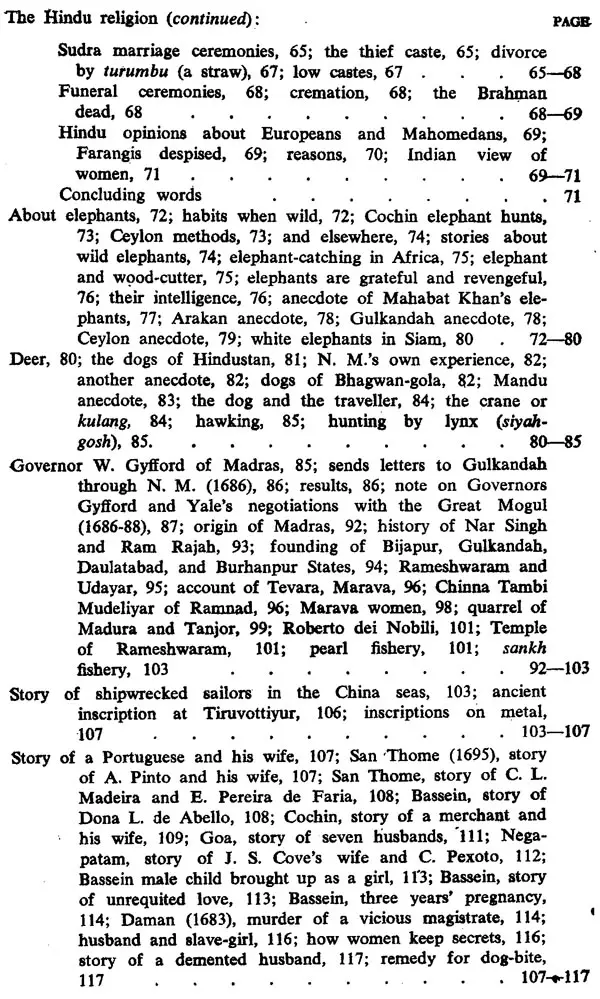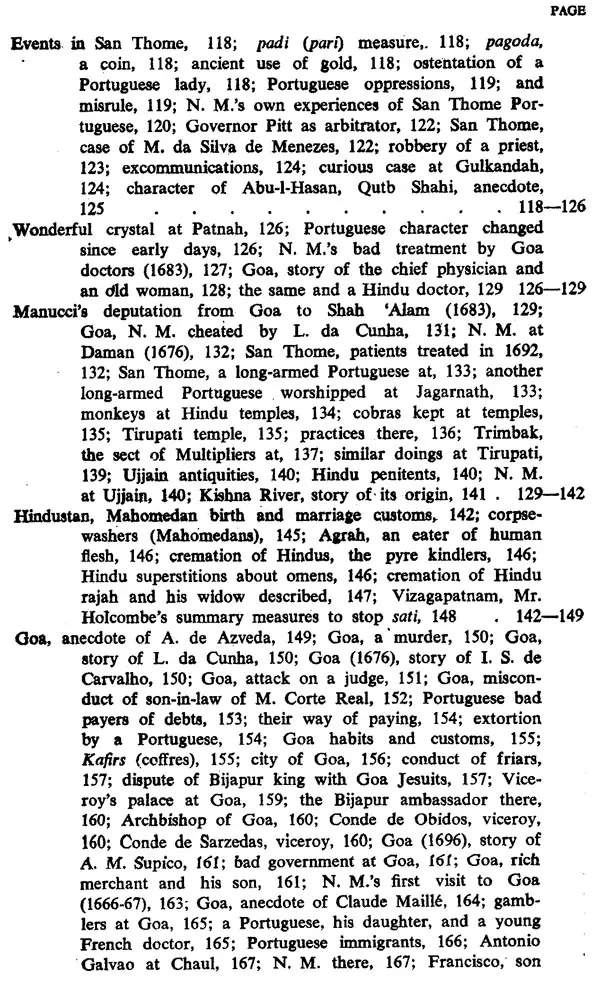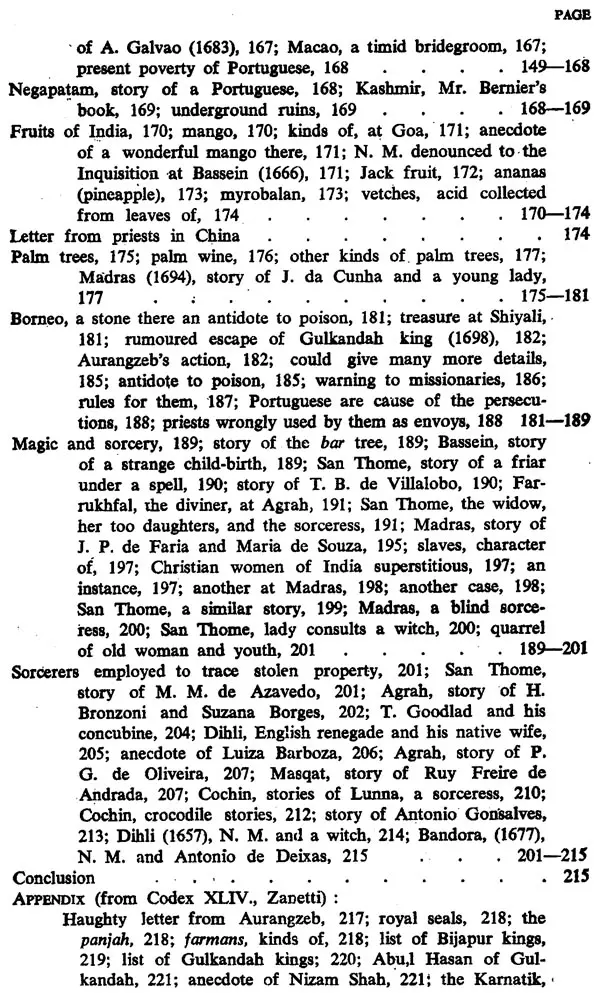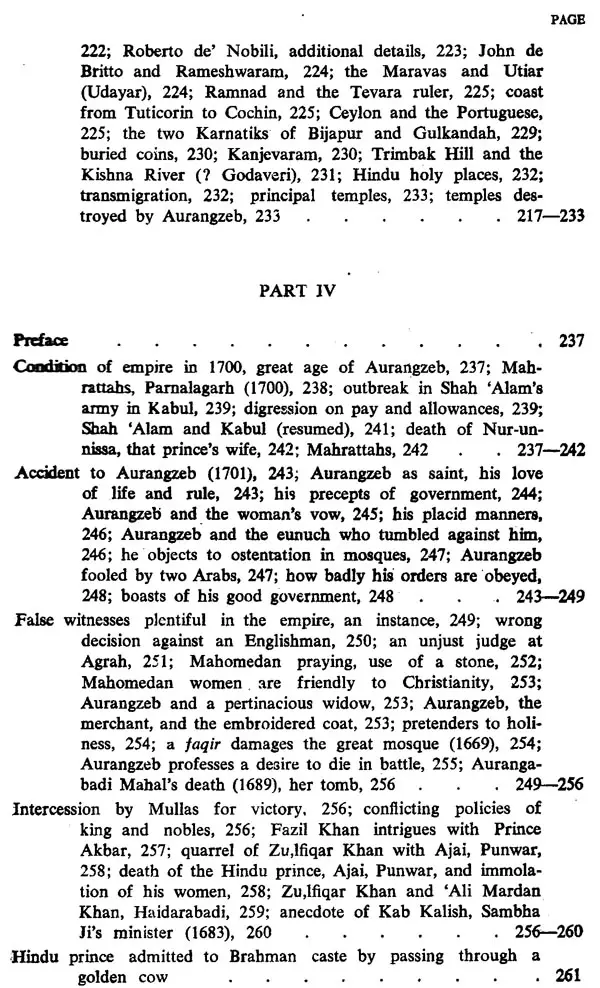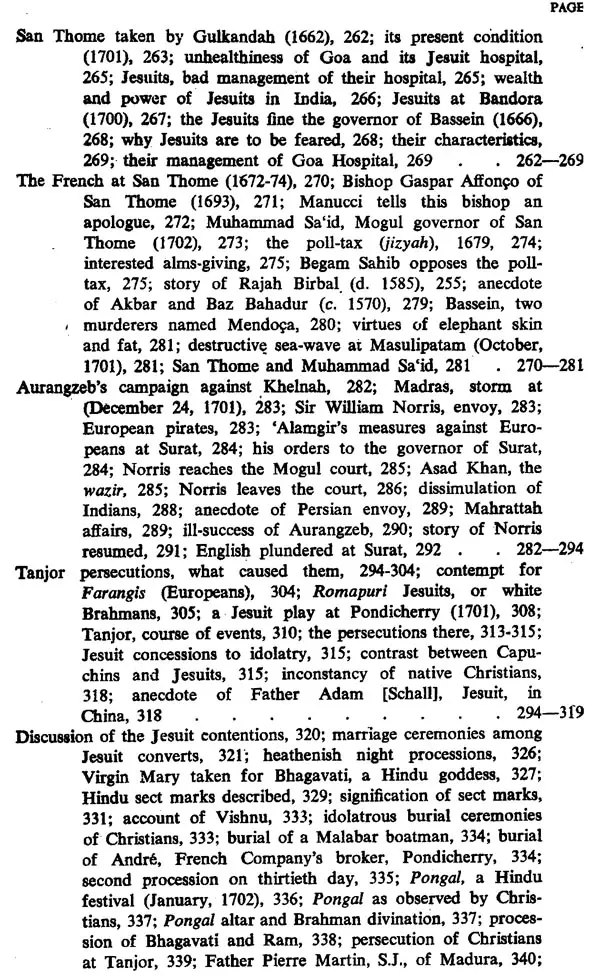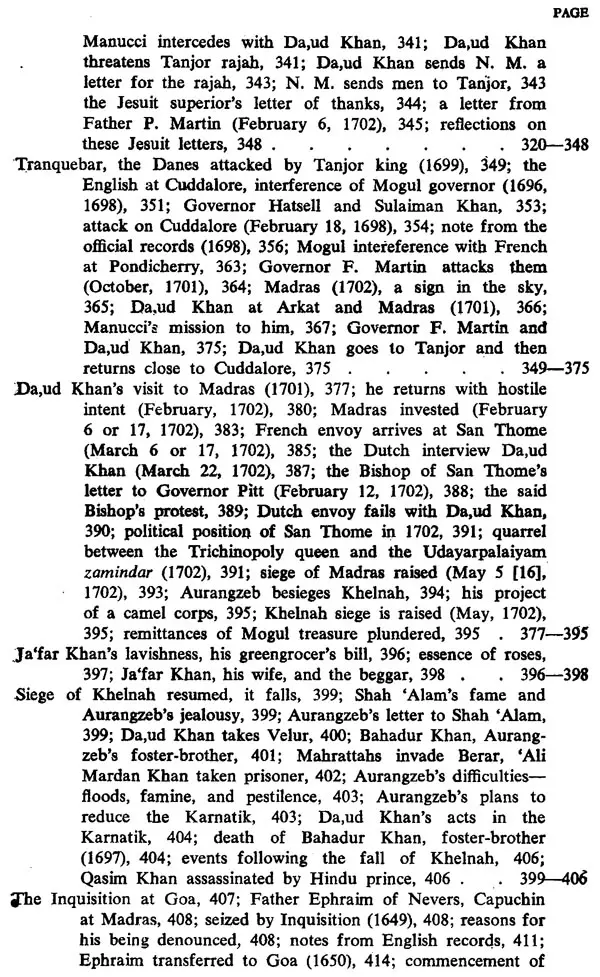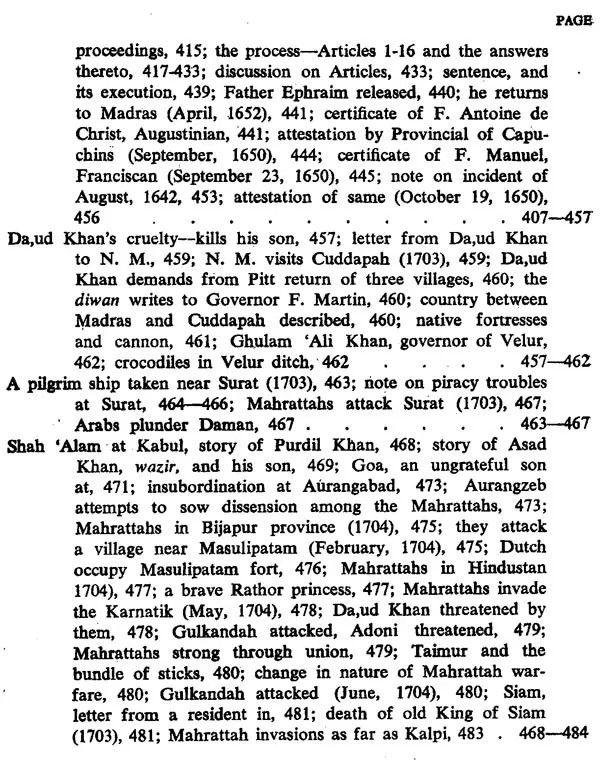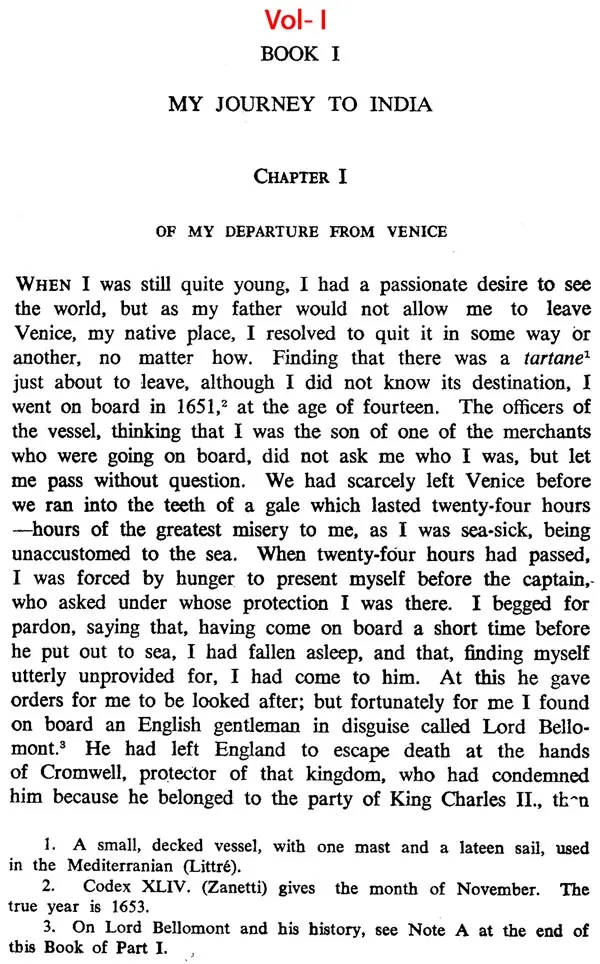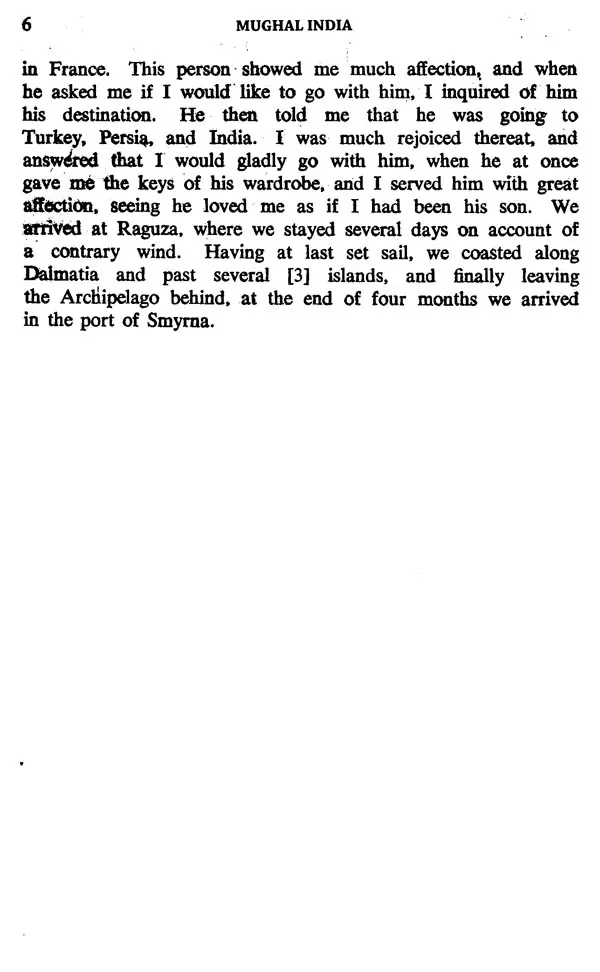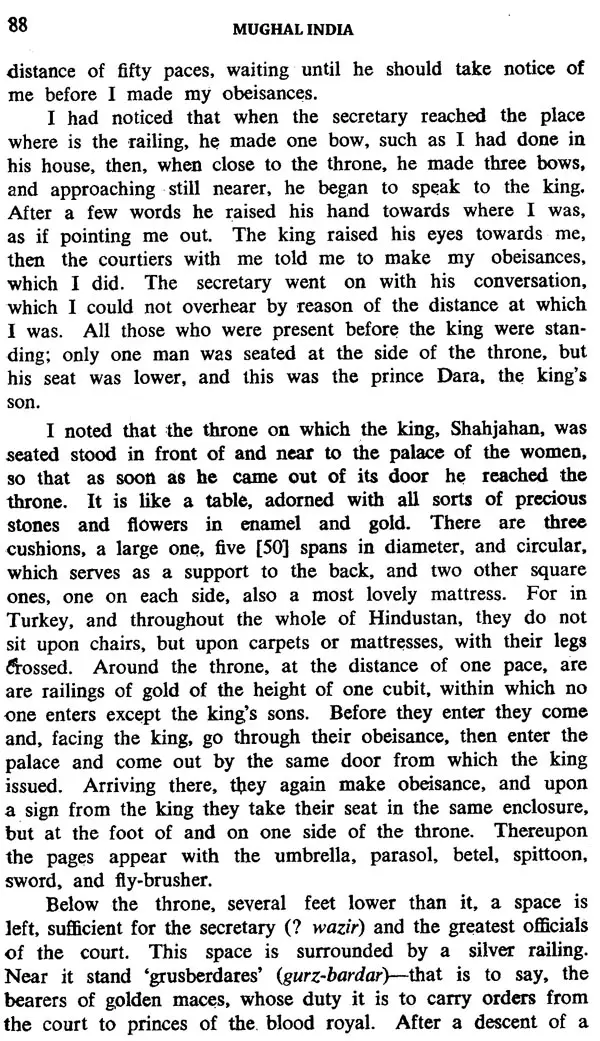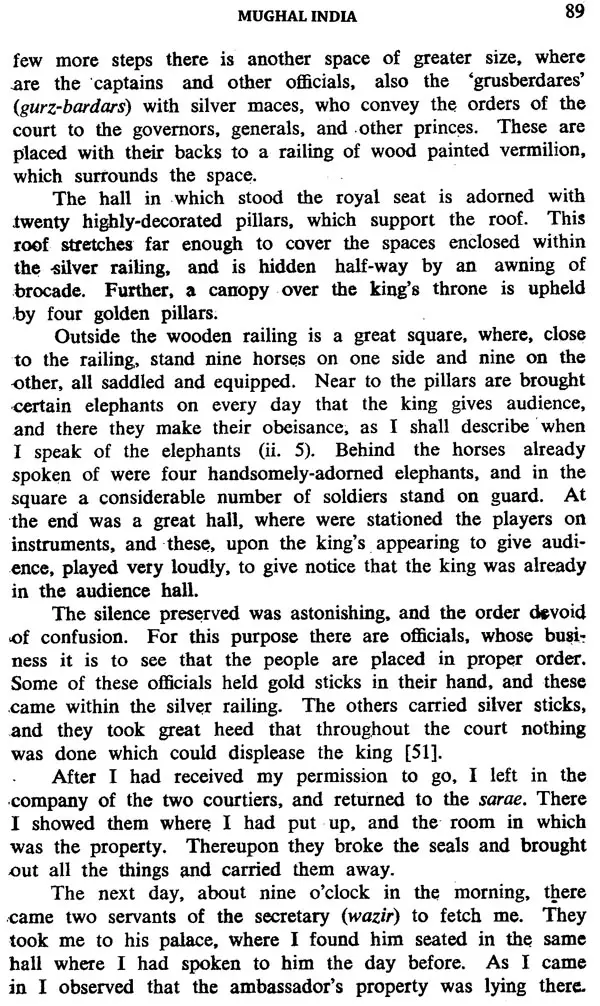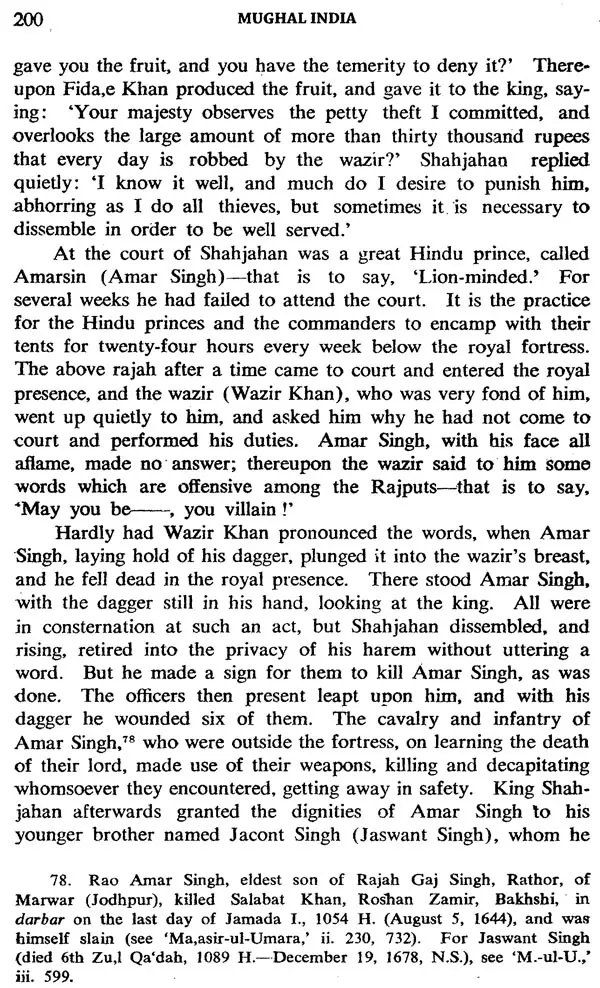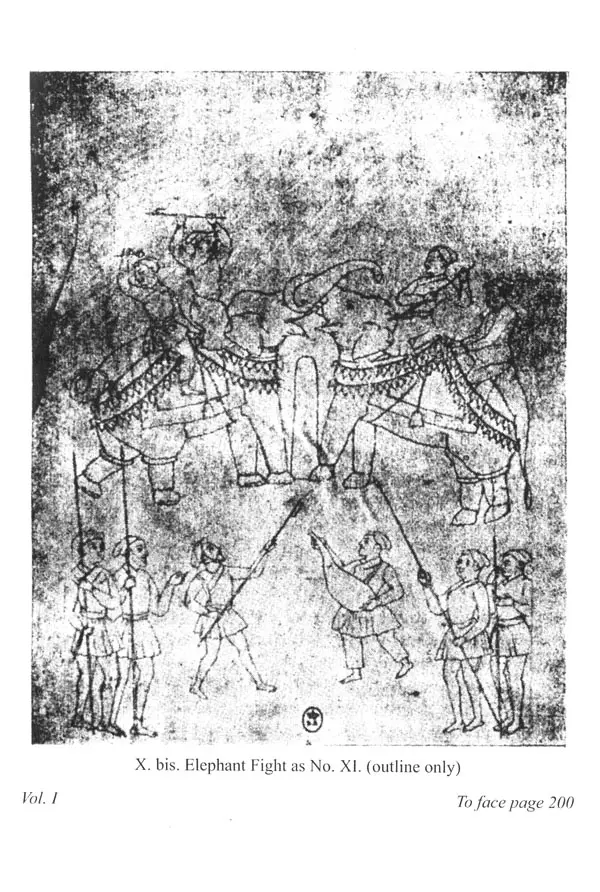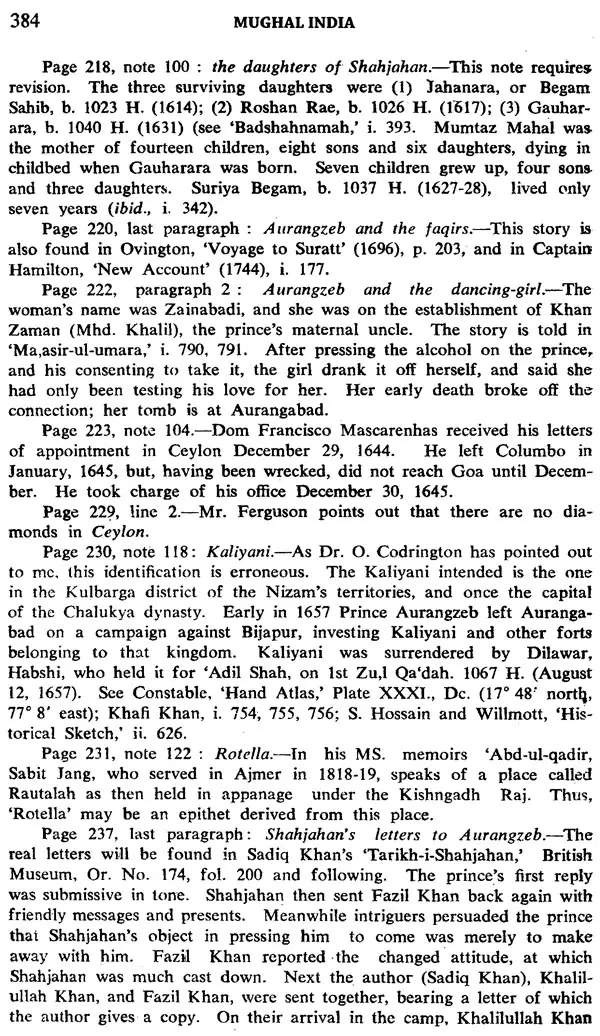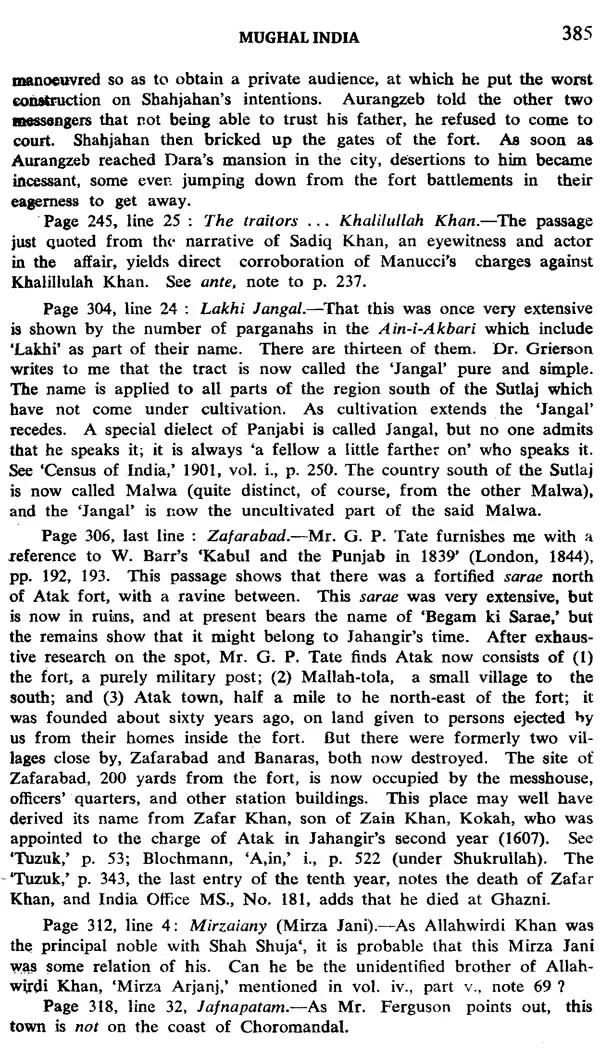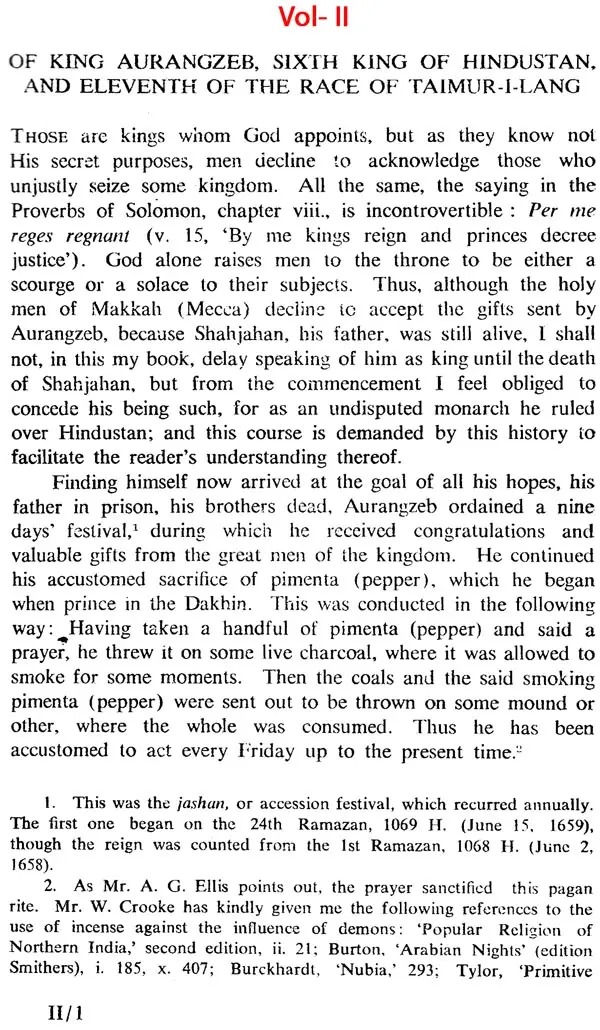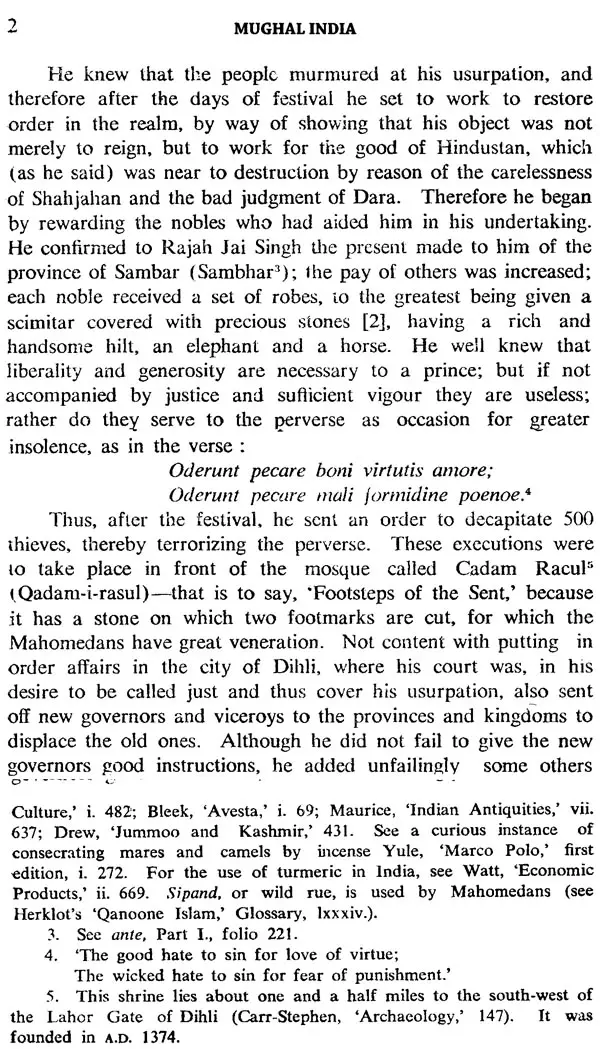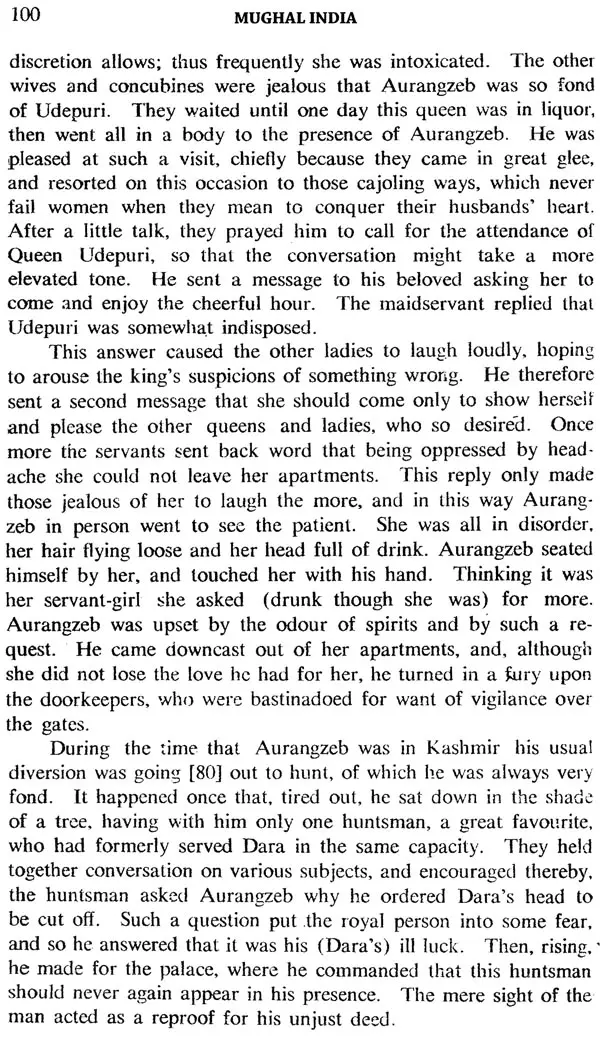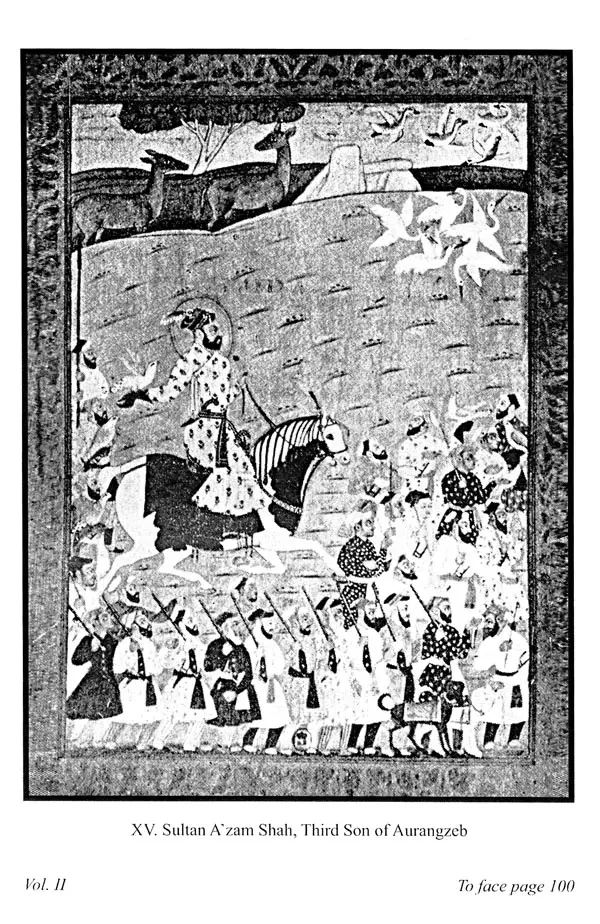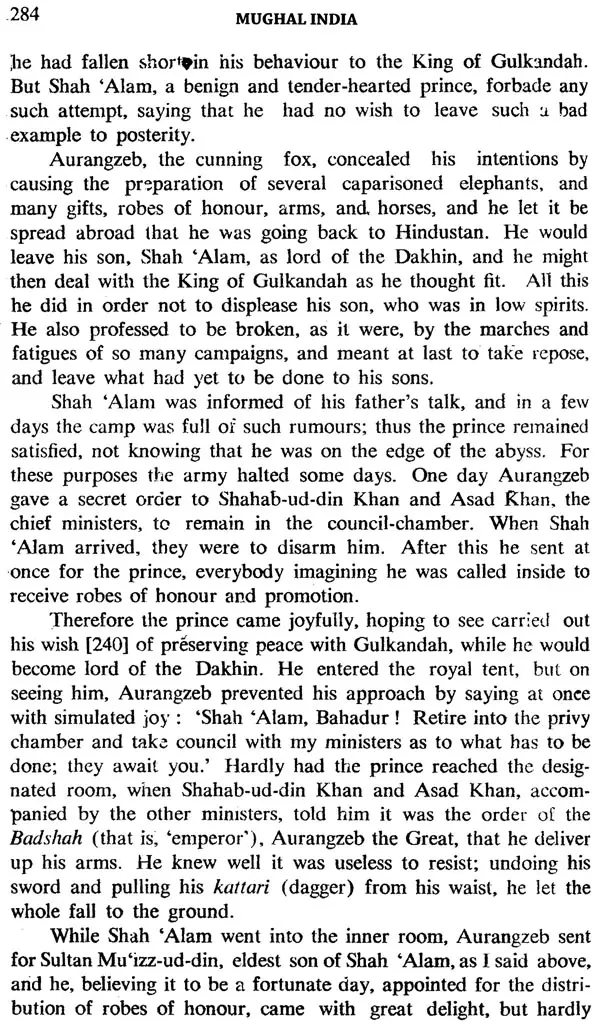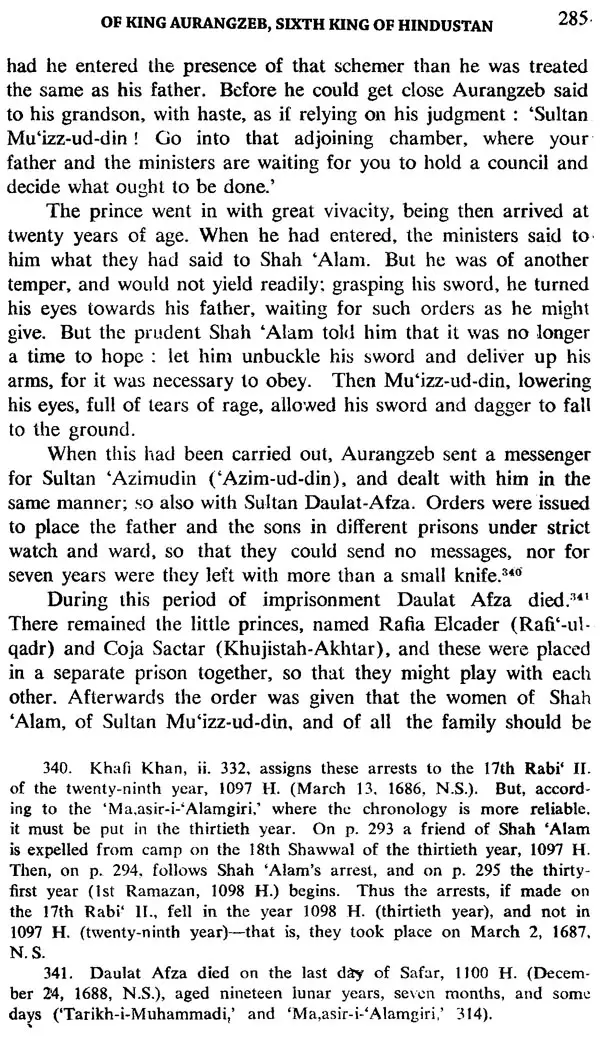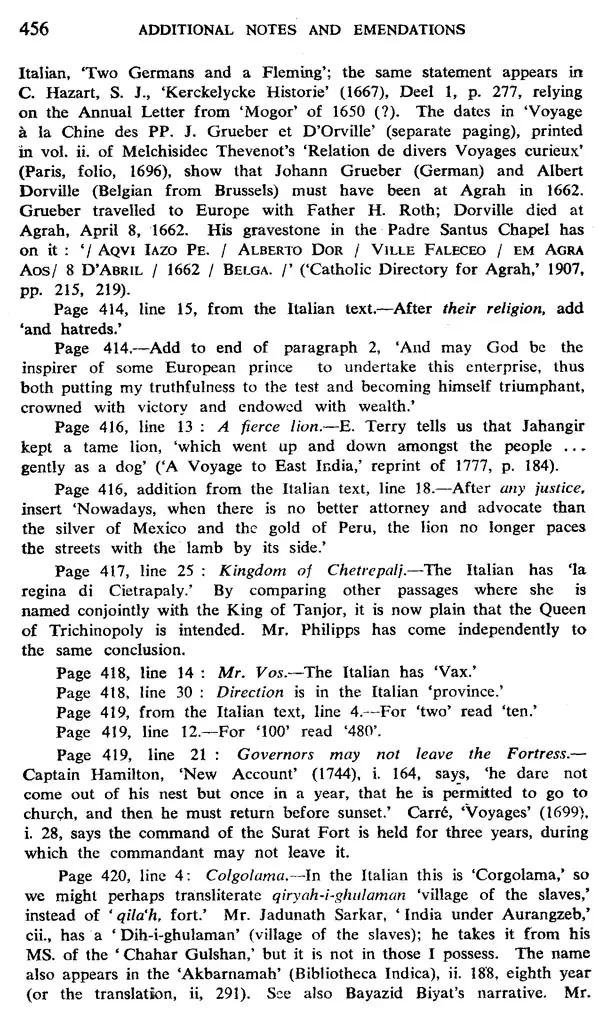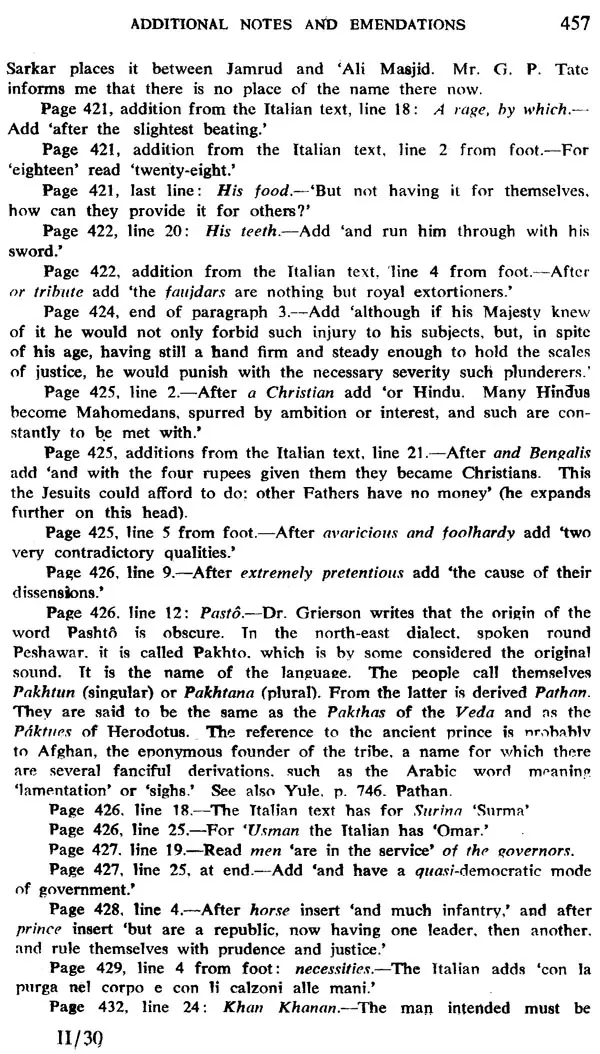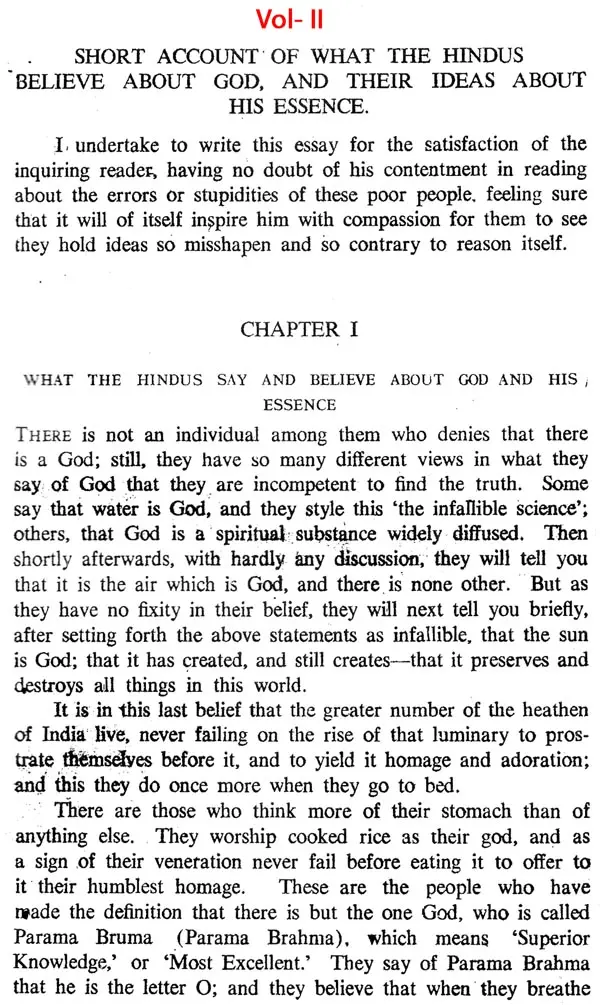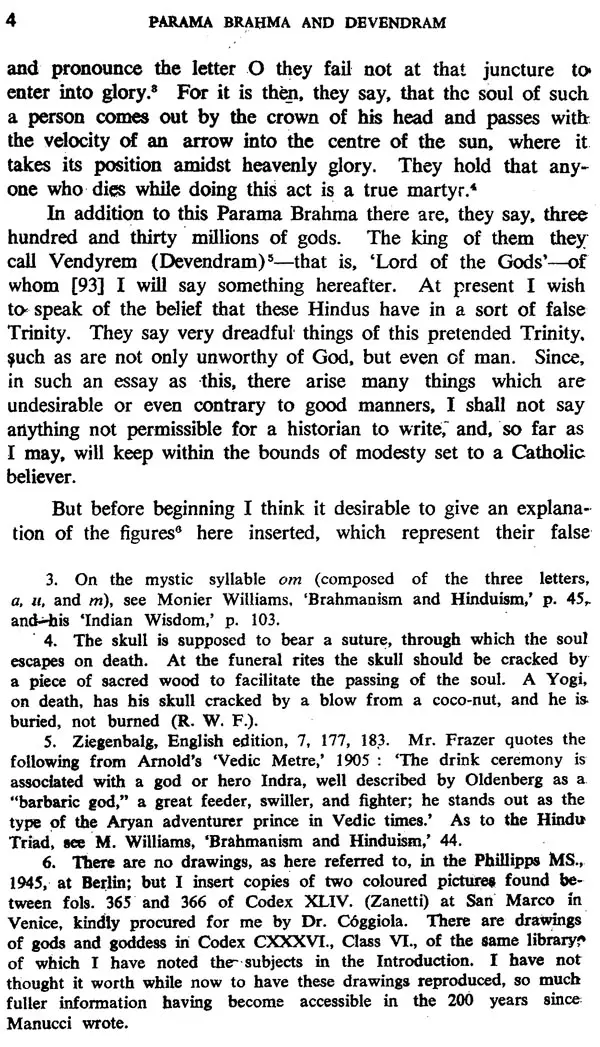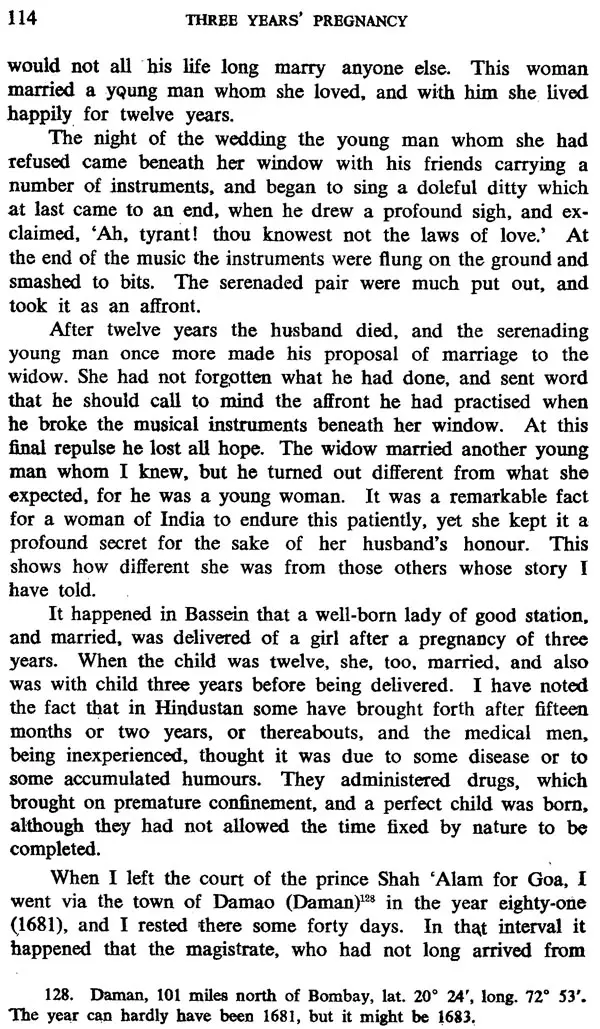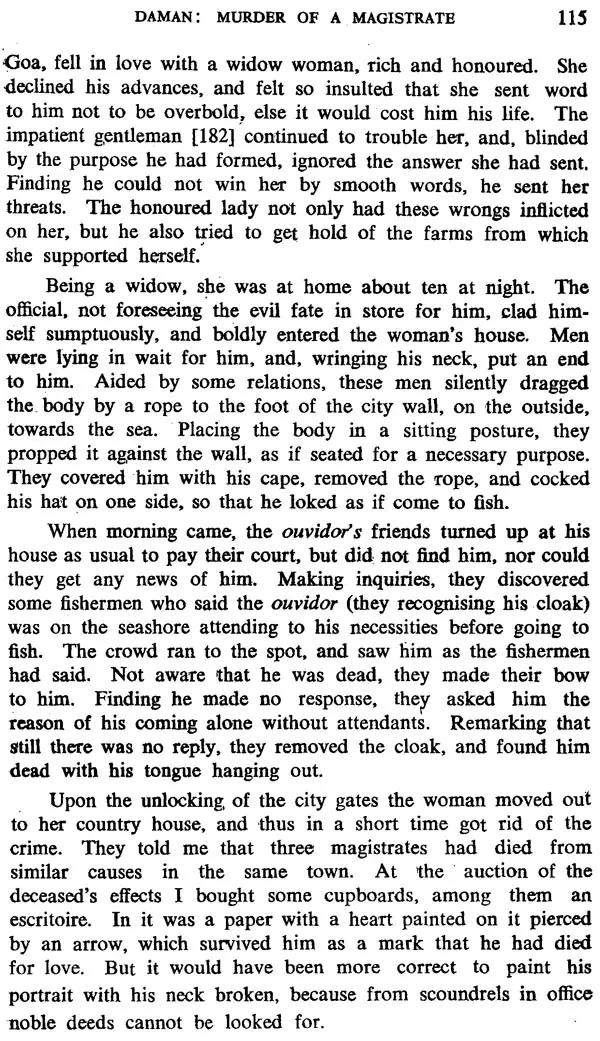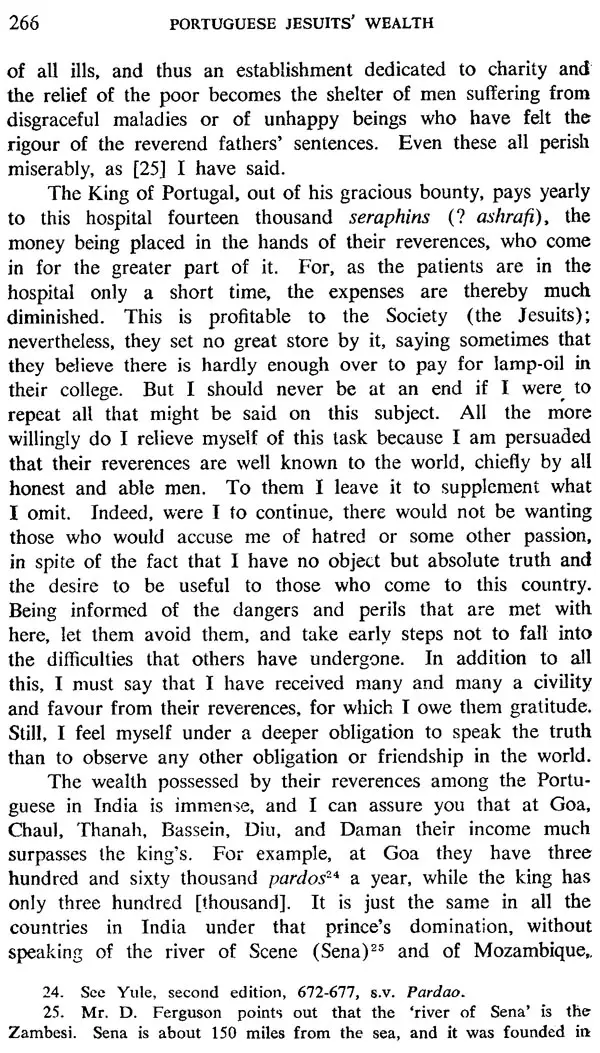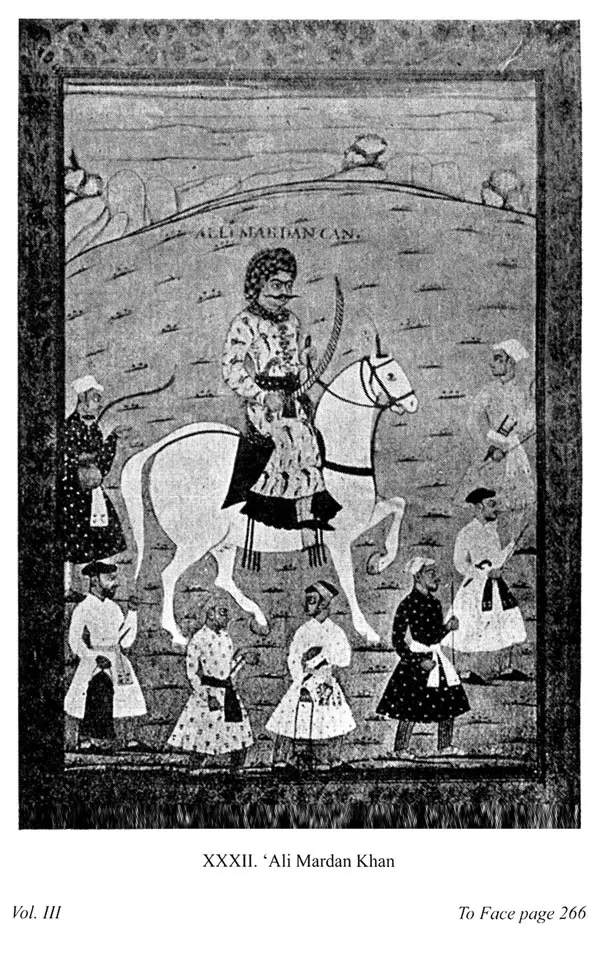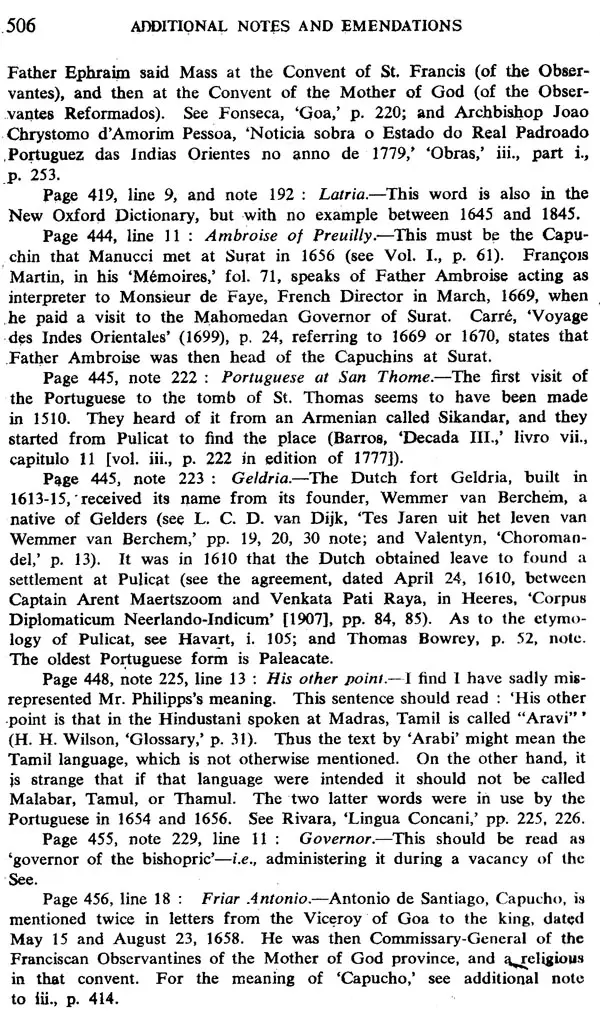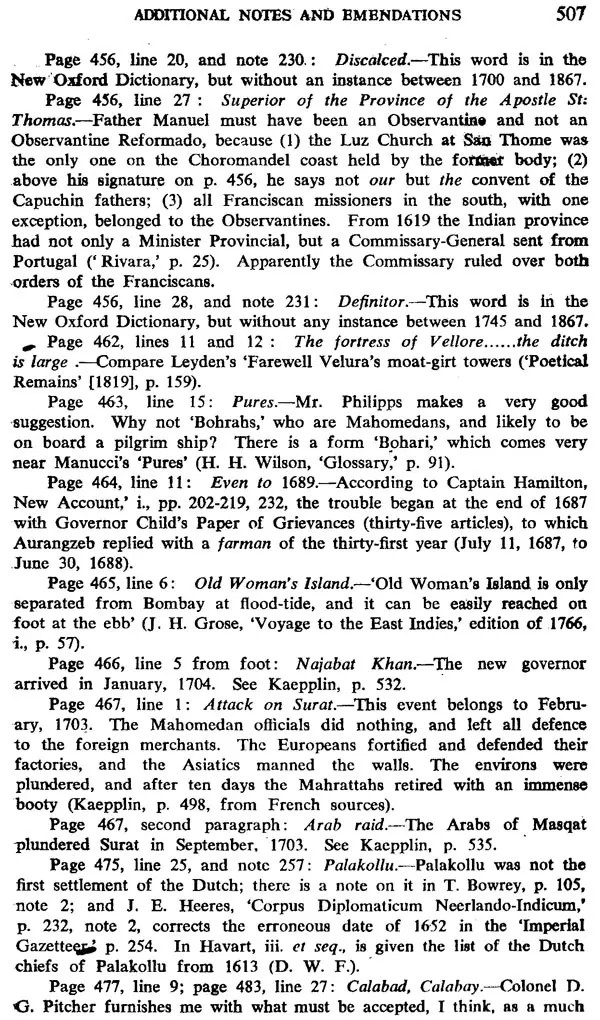
Mughal India (Set of Three Volumes)
Book Specification
| Item Code: | UAD894 |
| Author: | Niccolao Manucci and William Irvine |
| Publisher: | Shubhi Publications, Gurgaon |
| Language: | English |
| Edition: | 2014 |
| ISBN: | 9788182903180 |
| Pages: | 1353 (Throughout B/W Illustrations) |
| Cover: | HARDCOVER |
| Other Details | 9.00 X 6.00 inch |
| Weight | 2.36 kg |
Book Description
Besides, Irvine's edition contains 56 portraits of contemporary Princes and other celebrities of the Mughal Empire drawn at Manucci's instance by Mir Muhammad, an artist in the employ of Shah Alam, before 1686. Another distinguishing feature of the work is Irvine's notes and appendices, incorporated in this work, which, according to Sir J. N. Sarkar, "are often of more value than Manucci's text, as they contain the most accurate information available in any European tongue, about the details of the reigns of Shah Jahan, Aurangzeb and Shah Alam, with exact dates and references to authorities."
Of the distinguished European travellers in India who sparkled in the firmament of seventeenth-century India, none was more meteoric than Manucci who had been a journalist, army captain, physician, plenipotentiary, traveller, adventurer and, above all, a front-row man of letters.
It was Manucci who helped to initiate the western world into the mysteries of India and undertook the laudable task of making this country better known to Europe. His narrative therefore, forms not only the most delightful and entertaining reading, but also is absolutely unique among the documentary sources for the history of India.
As a historian his Later Mughals, originally to cover the century from the death of Aurangzeb in 1707 to the capture of Delhi by the English in 1803, appeared serially in the 'Asiatic Quarterly Review' and the 'Journal of the Asiatic Society of Bengal'. This work which was left unfinished has since been published under the editorship of Sir Jadunath Sarkar.
But what has immortalised Irvine is his monumental work Niccolao Manucci's Travels in the Mughal Empire, the Storia do Mogar on which he worked for seven long years. His monograph The Army of the Indian Moghuls (1903) is a valuable dictionary of Persian, Turki and Hindi military technical terms.
He was the author of four books referred to above and contributed from time to time no less than 35 papers to different periodicals. Irvine died on 3rd November, 1911.
A well-known traveller's account of Mughal India Manucci the Venetian's work, which has been typically out of print for a long time ever since its appearance in 1907-9, is now offered in its full and unexpurgated form. It is a faithful and vivid picture of Mediaeval India from 1656-1680. Like Tavernier and Brucer, two equally famous travellers' works, Hedges' Diary of Mughal Provincial Administration, Gemeli Careri's visit to Aurangzeb's camp in the Deccan in 1695 and Catrou's Histoire Generale de l' Empire du Mogol (1715), founded on the memoirs printed in these pages, this voluminous three-volume work is of both subjective and objective value which can hardly be overestimated.
Written in a charming style, the book is truly a magnum opus of the celebrated author who visited India in 1656 and was associated with the Mughal Court for over half-a-century.
He offers herein, besides other intimate details, an account of Hindu religion, manners, customs, and description of Muhammadan weddings and funerals in this Volume.
The book is a veritable mine of otherwise inaccessible data about a period of Indian history which everyone should know. Comprehensive in its groundwork and masterly and lucid in its details, Manucci's book, as presented in its English garb by Irvine, ranks among the most authoritative sources at the disposal of the historian of the future.
In 1705 there appeared at Paris a quarto volume of 272 pages entitled Histoire Generale de I'Empire du Mogol depuis. sa foundation, sur les Memoires de M. Manouchi, Venitien, par le Pere Francois Catrou, de la Compagnie de Jesus.' There is an epistle dedicatory to the Duc de Bourgogne (1682-1712), grandson of Louis XIV., and a preface of eight (unnumbered) pages. The subjects treated are Tamberlank, Miracha, Abou Chaid, Sec Omor, Babar, Amahum, Akbar, Jean-Guir, and Cha-Jahan, till the end of the war of succession (1659).
Book's Contents and Sample Pages
